|
3/28/2023 HER Planet Earth Team Embarks on a Triple Challenge in Switzerland TO put the Spotlight on Climate Action for RefugeesRead Now In June 2023, a self-funded team of 12 women, under the banner of HER Planet Earth - a non-profit organisation headquartered in Singapore dedicated to gender equality and environmental conservation, will embark on a unique triple-challenge expedition, which will incorporate mountain climbing, biking and stand-up paddle boarding across one of Europe's most stunning destinations, Switzerland. This will include summiting an alpine peak at close to 3,000m in the Furka Pass, biking 100km across mountainous areas and crossing an icy lake on SUP boards. The objective of the expedition is to raise awareness and funds for one of the most under-funded humanitarian crises in the world: the Rohingya refugee emergency. The team will aim to raise a total of $50,000 USD to support a UNHCR Environmental programme in Bangladesh which includes reforestation, human-elephant contact management and youth-led climate action training activities. HER Planet Earth, now in its seventh year of operation, raises awareness and funds via expeditionary travel across the globe. Pioneering in nature, the group’s initiatives champion organisations and programmes that work directly with underprivileged women and youth affected by climate change, empowering them to advance their lives and communities. Past HER Planet Earth expeditions have taken all-female teams to remote islands in the Philippines, mountains in Antarctica, across the Arctic Circle Trail of Greenland and to the largest caves in the world in Vietnam. Image Source: Nepal Institute for International Cooperation and Engagement (NIICE) Why Bangladesh? Rohingya refugees fled the violence in Myanmar at a staggering rate in 2017 – and the numbers keep growing. Bangladesh is home to Kutupalong – the largest and most densely populated refugee settlement in the world. The series of camps that make up the settlement were carved out of the forest in southern Bangladesh in 2017 to shelter hundreds of thousands of Rohingya refugees fleeing violence in western Myanmar’s Rakhine State. Bangladesh is extremely vulnerable to the impacts of climate change. Many of the refugees’ makeshift shelters, are built on deforested, unstable hillsides, providing little protection against tropical storms of increasing intensity. Last year alone, flooding and landslides forced some 24,000 refugees to abandon their homes. Climate action initiatives have long been a priority for UNHCR. The reforestation intervention alongside efforts to clear and restore waterways and improving drainage systems has helped reduce the adverse effects of flooding in the Bangladesh camp. Plans to further restore the local ecosystem, stabilize hillsides and reduce carbon emissions will require more time and funding. It is important to note also that through proper guidance and training, the youth, majority of whom are girls, in these settlements are championing efforts to regreen the camps and to raise awareness about the impacts of the climate crisis. Whenever possible, these youths educate their family, friends, and neighbours about the importance of protecting trees and local wildlife that wanders into the camp. The refugee site lies along one of Asian elephants’ main migratory routes between Myanmar and Bangladesh. Behaviorally, elephants always follow their traditional routes and corridors for regular movement. If they find any obstacles within it, they try to break it. They may also charge when they feel threatened and can be terrifying to those who encounter them. Since 2017, 14 people have died due to contact with elephants. To mitigate this issue, UNHCR and its partners have trained over 884 refugees and host communities to understand how to deal with elephants when they enter the camps. “The devastating impacts of climate change may both trigger displacement and worsen living conditions for those who have already been displaced. We must engage in climate change mitigation and adaptation strategies to mitigate future protection needs and prevent further climate caused displacement. Partners like HER Planet Earth not only help us to amplify our message about the importance of climate action, but they also help us to mobilise much needed resources in support of our cause. The Rohingya crisis is one of our most underfunded situations globally so the support from HER Planet Earth could not have come at a better time,” said Ann Moey, Partnerships Lead, Singapore, UNHCR. The Team’s Journey For this expedition - HER Planet Earth’s tenth to date - the team will begin the journey from Lugano and cycle from Croglio-Castelrotto, heading up through the small villages of Malcontone and Arosio. Following this, the women will start their descent from Arosio and wind their way around the 19-hairpin bends to Agno, on the shores of Lake Lugano. The next day the team will hike in Ticino in one of the most spectacular regions of the Western Alps, from Monte Lema to Monte Tamaro. They will continue the next few days, on bikes to reach the Gotthard Pass, before continuing to Andermatt. In the last few days, the women will attempt to summit Chli Bielenhorn peak at 2,940m part of the iconic Furka Pass, which is the most scenic and breath-taking winding road in the Swiss Alps with stunning views of deep valleys, small Swiss villages, and twisting hairpin turns to the oldest glacier in the Alps. This expedition will be challenging because of the complexity of the challenge and involves hiking and mountaineering on rock, snow, and ice. Finally, the team will stand up paddle board across Lake Brienz ride on bikes from Interlaken to the Lauterbrunnen valley. “HER Planet Earth’s objective is to inspire people to go beyond their comfort zones, families, and homes for a certain period, while pushing their limits to rally support for a worthy cause. At the core of our culture is a commitment to empower underprivileged people, a passion for adventure and a deep respect and love of nature. HER Planet Earth seeks to take participants on pioneering expeditions around the world, so that they can make new discoveries, flourish as individuals, but most importantly, contribute to society. The team hopes to bring international attention to the need for societies, governments, and corporations to get involved and help support climate action and women empowerment,” shared HER Planet Earth Founder and CEO, Christine Amour-Levar. NOTES FOR EDITORS
About HER Planet Earth HER Planet Earth is a non-profit organisation headquartered in Singapore that aims to empower women to mitigate climate change. One of its core objectives is to inspire more women to become policymakers and agents of change to achieve social and economic equity and a healthy and thriving planet. HER Planet Earth organises challenging, often pioneering, and self-funded expeditions around the world to increase awareness of environmental degradation and raise funds for programmes in sustainable agriculture and wildlife conservation to empower underprivileged women affected by climate change - ultimately helping them build climate resilience. The organisation partners with nature lovers, environmentalists, scientists, polar explorers, adventurers, women’s rights advocates, corporates, tech entrepreneurs, feminists and charities that have programmes and structures in place dedicated to building a deeper connection between gender equality, genuinely sustainable development, and the protection of the environment. Via its ESG advisory arm, HER Planet Earth also provides eco-tourism expertise for hands-on community conservation initiatives and experiences, as well as curated roundtable discussions and networking events for sustainability leaders and impact investors in the Asia Pacific region. About UNHCR UNHCR, the UN Refugee Agency, is a global organisation dedicated to saving lives, protecting rights, and building a better future for people forced to flee their homes because of conflict and persecution. It leads international action to protect refugees, forcibly displaced communities, and stateless people. UNHCR delivers life-saving assistance, helps safeguard fundamental human rights, and develops solutions that ensure people have a safe place called home where they can build a better future. The organisations also work to ensure that stateless people are granted a nationality. UNHCR works in over 130 countries, using their expertise to protect and care for millions. https://www.unhcr.org Team Profiles The team of this HER Planet Earth Switzerland 2023 Expedition is formed by 12 intrepid women of diverse nationalities and backgrounds. While they are all incredibly well accomplished in their careers, they are equally passionate about protecting the environment and empowering underprivileged women. Read their bios here. To donate to the mission please visit the team’s fundraising page here. To see pictures of the team’s journey, ‘LIKE’ their Facebook page, follow them on Twitter and Instagram: For media queries, please contact: [email protected] By Christine Amour-Levar February 2023 - Antarctica may seem distant for most of us, yet this remote continent contains enough ice to raise sea levels around the world by tens of metres. What happens in Antarctica therefore has implications on coastal regions worldwide and the billions of people who live within them. I have just returned to Singapore after an unforgettable week in Antarctica where I was travelling with a team of scientists from the Earth Observatory of Singapore (EOS). There, we experienced extreme weather, from beautiful sunshine and warm conditions, to gale-force winds, strong swells and sub-zero temperatures. Indeed, there were two days during which we could not even leave the ship as it was too unsafe to get into the zodiacs because of the swell. We also visited one of the oldest research bases in Antarctica, Port Lockroy, set up in the late 1940s by British explorers, and there, we spoke to the people at the centre and they shared that this past year has seen historic snowfall and unprecedented amounts of rain. In fact, last month, was the wettest month ever recorded, and this rain caused accelerated calving of the ice sheet and glaciers in and around the research station. So we have, in a way, seen climate change in action, first hand - and this inevitably brings home the urgency of the situation. They say Antarctica is one of the fastest warming regions on the planet...and we really saw this happening. Everything is changing. As a low-lying island in the tropics, Singapore, where I reside, is especially vulnerable to changes in the oceans. The government had in 2019, announced a S$100 billion plan to protect Singapore from the threat of rising sea levels over the next 50 to 100 years. To contribute to Singapore’s fight against rising sea levels, scientists from EOS, led by Professor Benjamin Horton, one of the leading climate scientist in the world, have – for the first time - travelled to Antarctica to better understand the threat of the melting of the Antarctic ice sheet on Singapore and Southeast Asia. The scientists have also conducted a range of research activities there. They include ice coring to understand past temperatures and the current rate of melting, sampling the Antarctic deep water to analyse its chemistry and its influence on the movement of the world's oceans, and air sampling to investigate microorganisms in the atmosphere. Why is Asia most at risk from Climate Change? A lot of people think that what happens in the Arctic and the Antarctic does not really concern us here in Asia, but China, Bangladesh, India, Vietnam, Japan, Indonesia, Thailand and the Philippines account for 70% of the people living on land most at risk from rising waters. As the rate of climate change accelerates, many coastal cities will be affected, and Asian cities will be hit much harder than others given their population, economic activity, and landmass. The processes that control sea-level rise are amplified in Asia. As a result, four out of every five people impacted by sea level rise by 2050 will live in East or Southeast Asia. Scientists estimate that 300 million people will be flooded annually by 2050, and by then there could be over 1 billion climate refugees. A recent study found that a wide range of environmental and climate change threats are worst for Asian cities, with the rest of the planet getting off more lightly. Based on such factors as pollution, a lack of water, extreme heat and general vulnerability to climate change, 99 of the 100 most risk-prone cities in the world are in Asia, with the Indonesian capital, Jakarta, topping the list and cities in India close behind. Jakarta, with a population of more than 10.5 million people, is sinking. Like many coastal cities around the world, Jakarta is vulnerable to sea level rise. Built on what was once a swamp, the city has serious water supply problems and its air is severely polluted. Indeed, sea level rise is one of the biggest existential threats to the prosperity of the region of Southeast Asia. Most people don’t realise that the two main drivers are the north and south poles on the planet, where vast quantities of fresh water have been frozen in time since the last ice age. However all this is changing rapidly as global warming is accelerating the rate of ice-melt in these regions, which will threaten millions of coastal habitats cross the world – but none as concerning as Southeast Asia. Scientists at EOS are most concerned about the effects of the melting ice on both sea level rise and extreme weather events, like storm surges, typhoons, tsunamis and just how fast and how high the polar regions could impact coastal habitats, infrastructure, food and economic security in the region.. What Kind of Sea Level Rise Can we Expect? As more carbon dioxide is released into the atmospheres and our planet heats up, warmer waters are expanding and glaciers are melting much faster, raising the level at which the sea meets the land. Although predictions for the extent and rate of sea level rise vary greatly, it is believed that if all of Greenland were to melt, it would raise sea levels by six meters, but it is Antarctica that we are increasingly worried about. Antarctica is colossal in size, covering a surface area greater than Australia, having a thickness of up to four kilometres. If the West Antarctic ice sheet alone were to collapse, scientists estimate that the resulting global mean sea-level rise would be 4.2 metres (3.2m sea level rise + 1 additional metre because of water-expulsion mechanisms), and if all of it were to melt, this would raise sea level by 65 metres. If we go above 2 degrees Celsius pre-industrial levels and don’t meet the Paris Agreement, this will be our tipping point. It will result in our ice sheets disintegrating. Greenland and Antarctica combined will mean more than 70 metres of water in terms of sea level rise – this would be catastrophic for our species. What this Means for Future Generations Climate change is a global problem, but in Antarctica, we saw it happening right in front of our eyes. The landscape is massive and it’s got so much ice in it. Simply put, we have to find a way to slow down the changes in Antarctica to give future generations the ability and the time to solve the climate emergency. The impacts of the melting of the ice sheets have such massive implications for every single person in Singapore, Southeast Asia and on our planet. This trip to Antarctica has been incredibly important to help our team of scientist understand the processes that control sea level in the past as well as in the future, which have consequences for billions of people on Earth. It has only reinforced my realisation that we are truly at a tipping point in the very fate of human civilisation. We have, but a few years to try and protect this environment, so that future generations have a place to live and a place to prosper. There is a real sense of urgency, but when you travel to Antarctica with a group of young scientists, as part of an international team, there is also a great sense of hope. Every young person has such an important role to play to save their generation and future generations from this urgent climate threat. Ultimately, if we solve climate change, we will solve the inequality that exists across the world. If we solve climate change, there will be justice and inclusivity for all. This is why it is so vital to find a solution. My hope is that my four children will have the opportunity to come to environments like Antarctica and see the changes taking place while trying to understand the impacts. And then most importantly, that their generation may find the solutions to the climate emergency. We don’t have a moment to waste. Meeting Sylvia Earle One of the highlights of my trip to Antarctica was meeting up with one of the “Heroes of the Planet”, Sylvia Earle, a world-renowned marine biologist, oceanographer, and explorer. Our team boarded her ship the “Sylvia Earle” which happened to be anchored near our own. What a privilege it was to chat with her and the Mission Blue Team about the importance of protecting our oceans and putting a stop to industrial overfishing that threatens hundreds of species with extinction. She also brought up deep sea mining, a process of extracting minerals like manganese, copper, and nickel from depths of over 200 meters. Because these materials are becoming harder to find on land, companies want to continue their harvesting under the ocean. But deep-sea mining would destroy ecosystems — some of which haven't been named or even discovered. Sylvia, who has explored the ocean for most of her life, spoke passionately about the fact that deep-sea mining is an extremely invasive process that would lead to exploitation, contamination, and even extinction. A few days after we got back to Singapore, on March 4, we were ecstatic to learn that following almost two decades of discussion and negotiations, the United Nations passed a new oceans treaty that focuses on the conservation of marine biological diversity of areas beyond national jurisdiction. The treaty, which was developed in cooperation with the International Maritime Organization (IMO), aims to protect marine biodiversity on the high seas. It covers marine genetic resources including questions on benefit sharing, marine protected areas, environmental impact assessments and capacity-building and the transfer of marine technology. This landmark achievement will no doubt reinforce efforts to protect biodiversity around the planet, something Sylvia has been fighting for all her life. NOTES TO EDITORS
About HER Planet Earth HER Planet Earth is non-profit organisation headquartered in Singapore that aims to empower women to mitigate climate change. One of its core objectives is to inspire more women to become policymakers and agents of change to achieve social and economic equity and a healthy and thriving planet. HER Planet Earth organises challenging, often pioneering, self-funded expeditions around the world to increase awareness on environmental degradation and raise funds for programmes that empower and educate underprivileged women affected by climate change - ultimately helping them build climate change resilience. The organisation partners with nature lovers, environmentalists, scientists, investors, polar explorers, adventurers, women’s rights advocates, corporates, tech entrepreneurs, feminists and charities that have programmes and structures in place dedicated to building a deeper connection between gender equality, genuinely sustainable development, and the protection of the environment. About the Earth Observatory of Singapore The Earth Observatory of Singapore (EOS) was created in 2008 with the mission to conduct fundamental research on earthquakes, volcanic eruptions, tsunamis, and climate change in and around Southeast Asia, toward safer and more sustainable societies. The need for an institution like EOS has never been more important for Singapore and Southeast Asia. Disasters connected with natural hazards affect increasingly large populations, and in many cases are compounded by the threat of climate change and rising sea levels. To illustrate, the global economy suffered losses due to geo-disasters of ~US$232 billion in 2019, with many these occurring in Asia (Aon, 2020). Similarly, it is estimated that climate change and related disasters could directly cost the Asian economy ~US $8.5 trillion by 2030 as increased drought, flooding and crop failures hamper growth and threaten infrastructure. EOS will help to build the social compact for Singapore to tackle the challenges of climate change and sustainability, which is central to the major Green Plan policy priority of the Government. Building stronger capabilities to understand, mitigate and respond to natural hazards, disasters and climate change is critical to the sustainability and resilience of urban communities and infrastructure around our region. EOS generates scientific breakthroughs that meet our societal needs and improve the lives of those that live in Singapore and Southeast Asia. https://www.earthobservatory.sg Polar Impact Asia Documentary Our expedition was filmed by award-winning filmmaker Liz Courtney to form a second episode in the new documentary series Polar Impact Asia, which will be distributed across multiple streaming platforms in the second half of 2023. For media queries and interviews with Professor Benjamin Horton, Director of EOS and Fang Yi Tan, PHD Student Sea Level Research at EOS, please email: [email protected] Photo credit: HER Planet Earth, EOS, Sandra Lim, Quark Expeditions 3/15/2023 HER Planet Earth Team Treks in Sri Lanka to Support Women Impacted by Climate ChangeRead Now For Immediate Release - In April 2023, a self-funded team of 12 women, under the banner of ‘HER Planet Earth’ - a non-profit organisation headquartered in Singapore dedicated to gender equality and environmental conservation - will trek across the Knuckles Mountain Range of Sri Lanka, a UNESCO World Heritage Site. The objective of the expedition is to raise awareness and funds (a team total of $50,000 USD) for the economic empowerment of women affected by climate change in Sri Lanka. The team plans to cover a total distance of 150km (100km on foot in 4 days and 50km on bike), and summit Gombaniya (1,906m), the highest peak of the range, as the largest all-female team to ever attempt this route. HER Planet Earth, now in its sixth year of operation, raises awareness and funds via expeditionary travel across the globe. Past expeditions have taken all-female teams to remote islands in Asia, to the highlands of Africa, to Mountains in the heart of Antarctica, across the Arctic Circle Trail of Greenland and to the largest caves in the world in Vietnam. Pioneering in nature, the group’s initiatives support organisations that champion for gender equality and the empowerment of women affected by climate change. In the past decade, climate related disasters have led to the loss of 700 thousand lives, affected 1.7 billion people and led to economic losses of USD 1.4 trillion. As a result, women and girls have experienced the greatest impacts of climate change which continues to amplify existing gender inequalities and pose unique threats to their livelihoods, health, and safety. Global data and research reveal the clear correlation between gender inequality and climate change. In view of this, the team will raise funds for UN Women Sri Lanka to support research at the local level which will help understand the linkages between women’s empowerment and climate change, and to better inform policymaking in the country. The funds will further support UN Women’s programmes in Sri Lanka on women’s climate resilience and economic empowerment. Speaking on the issue, Prashani Dias, Head of Office a.i. at UN Women Sri Lanka said, "The effects of climate change are not uniform and they affect people differently. That is why it is important to look at climate change through the lens of intersectional feminism. This will help understand how different groups of people - including women with disabilities, migrant women and those living in rural, and disaster-prone areas - are affected, which will in turn help develop tailored solutions to improve their livelihoods, health, safety and security." Why Sri Lanka? Ninety-six per cent of disasters in Sri Lanka are caused by extreme weather events, such as flooding, landslides, extreme winds, and drought. Sri Lanka was ranked the fourth most climate change prone country according to the Global Climate Risk Index 2018. Consequently, it necessitates stronger disaster preparedness and proper interventions to build resistance in response to climate change. Roughly 50 percent of its 22 million citizens live in low-lying coastal areas in the west, south, and south-west of the island, and are at risk of future sea level rise. As an island country heavily dependent on agriculture, Sri Lanka is highly vulnerable to multiple impacts of climate change. The fifth assessment report of the Intergovernmental Panel on Climate Change (IPCC) predicts that South Asia including Sri Lanka is vulnerable to drought, flood, food shortages and heat-related mortality. Sri Lanka has been experiencing severe shifts in its seasonal rainfall patterns accompanied by increased flood and drought in the last decade directly impacting rural food security, incomes, and plantation related export earnings. About 5.2 million people — equivalent to a quarter of the population — are estimated to be undernourished. Almost 80 per cent of Sri Lankans living in poverty are from rural areas and depend on agriculture for food and income. This persistence of rural poverty, indebtedness, and vulnerability, high youth unemployment at 19 per cent, low participation of women in the labour force and large-scale migration in search of employment all indicate a high level of unevenness in growth and opportunity across the provinces and districts. The global climate crisis has exacerbated gender inequality around the world. Women are often more vulnerable than men to climate variability and extremes based on a variety of factors, including socially constructed roles and responsibilities, limited access to and control over resources, muted voices in decision-making, restricted rights, and limited access to education. All these factors hinder women's contributions and participation in climate action. “Underprivileged women are most at risk from environmental stresses caused by the increased frequency and intensity of climate-induced droughts, floods, heatwaves, deforestation, and the accompanying scarcity of natural resources, given that they have access to even fewer opportunities and resources. These issues are particularly relevant in South Asia, the world’s most densely populated region, and spans climate corridors that often create devastating storms. The pandemic and the resulting economic fallout of the past few years have only exacerbated the regressive effects of gender inequality in South Asia overall. This is why, we need to strengthen women’s climate resiliency urgently,” said HER Planet Earth Founder, Christine Amour-Levar. The Team’s Journey For this next expedition - HER Planet Earth’s ninth to date - the team will travel to central Sri Lanka in the district of Matale and Kandy, to reach the Knuckles Mountain Range. The range takes its name from a series of recumbent folds and peaks in the west of the massif which resemble the knuckles of clenched fist when viewed from a certain angle and distance. Whilst this name was assigned by early British surveyors, the Sinhalese people of Sri Lanka have traditionally referred to the area as Dumbara Kanduvetiya meaning Mist-laden Mountain Range. The higher mountainous area is often robed in thick layers of cloud. In addition to its aesthetic value, the range is of great scientific interest. It is a climatic microcosm of the rest of Sri Lanka as the conditions of all the climate zones in the country are exhibited in the massif. Although the range constitutes approximately 0.03% of the island's total area, it is home to a significantly higher proportion of the country's biodiversity. More than 34 percent of Sri Lanka's endemic trees, shrubs, and herbs are only found in these forests. Knuckles Conservation Forest was included in UNESCO natural world heritage list in 2010 as part of Central Highlands of Sri Lanka. The HER Planet Earth team will also attempt to summit Gombaniya (1,906m), the highest peak of the range, and will sleep in tents at Knuckles Base Camp. Gombaniya is covered with many trees and plants including thickly grown bamboo. A river named “Kuda Oya” flows between Gombaniya and the surrounding mountains. While hiking in the range, the team will also stop at the beautiful Rangala Natural Pool which is 35 feet deep in parts (10 metres) and surrounded by tea estates. After the hike the women will cycle 50km across the Hanthana Mountain Range, an environmental protection area adjacent to the Knuckles Mountain Range. This route will take the team through the tea plantation estates and culminate with a visit of the Forest Healing Project for a tree planting initiative. The Forest Healing Project is an NGO focused on protecting and restoring forests in Sri Lanka. HER Planet Earth’s objective is to inspire people to leave their comfort zones, families, and homes for a certain period, while pushing their limits in an effort to rally support for a worthy cause. At the core of its culture is a commitment to empower underprivileged women, a passion for adventure and a deep respect and love of nature. HER Planet Earth seeks to take participants on pioneering expeditions around the world, so that they can make new discoveries, flourish as individuals, but most importantly, contribute to society. The team hopes to bring international attention to the need for societies, governments, and corporations to get involved and help support climate action and women empowerment. -ENDS- NOTES TO EDITORS
About HER Planet Earth HER Planet Earth is non-profit organisation headquarter in Singapore that aims to empower women to mitigate climate change. One of its core objectives is to inspire more women to become policymakers and agents of change to achieve social and economic equity and a healthy and thriving planet. HER Planet Earth organises challenging, often pioneering, self-funded expeditions around the world to increase awareness on environmental degradation and raise funds for programmes that empower and educate underprivileged women affected by climate change - ultimately helping them build climate change resilience. The organisation partners with nature lovers, environmentalists, scientists, polar explorers, adventurers, women’s rights advocates, corporates, tech entrepreneurs, feminists and charities that have programmes and structures in place dedicated to building a deeper connection between gender equality, genuinely sustainable development, and the protection of the environment. About UN Women Sri Lanka UN Women is the United Nations entity dedicated to gender equality and the empowerment of women. A global champion for women and girls, UN Women was established to accelerate progress on meeting their needs worldwide. In Sri Lanka, UN Women supports the development of national policies and standards, as well as Sri Lanka's commitments to monitor and report against these international standards, towards sustained global progress. Find out more here Team Profiles The team of this HER Planet Earth Sri Lanka 2023 Expedition is formed by 12 intrepid women of diverse nationalities and backgrounds. While they are all incredibly well accomplished in their careers, they are equally passionate about protecting the environment and empowering underprivileged women. To read the team bios please click here. To donate to the mission please visit the team’s fundraising page here. To see pictures of the team’s journey, ‘LIKE’ their Facebook page, follow them on Twitter and Instagram: For media queries, please contact: [email protected] Expedition Partners: |
Details
AuthorChristine Amour-Levar Archives
December 2023
Categories
All
|
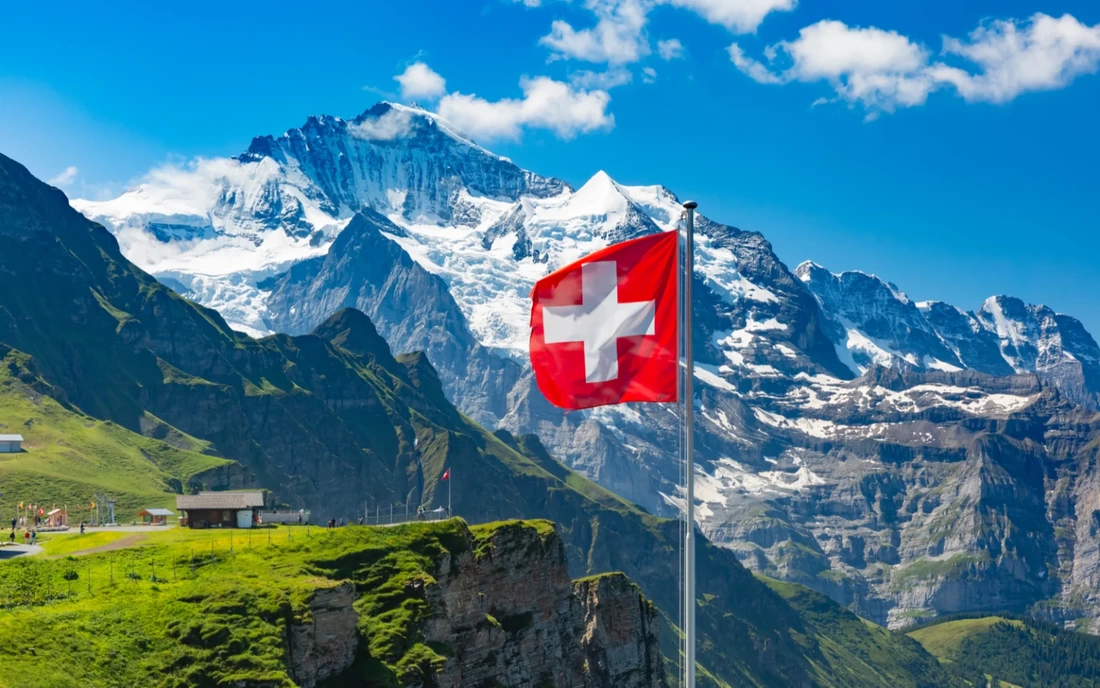
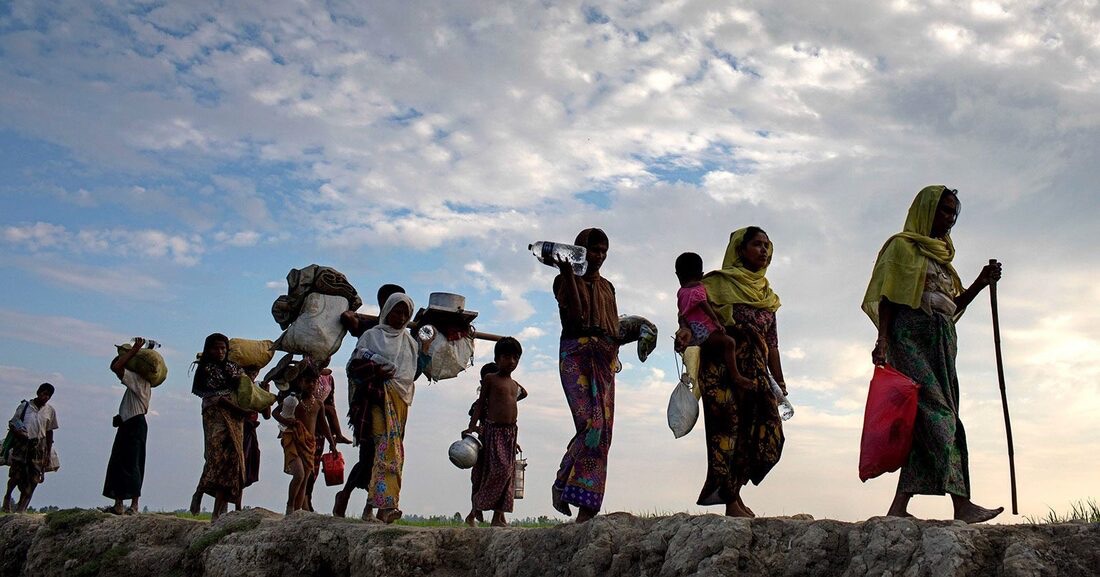
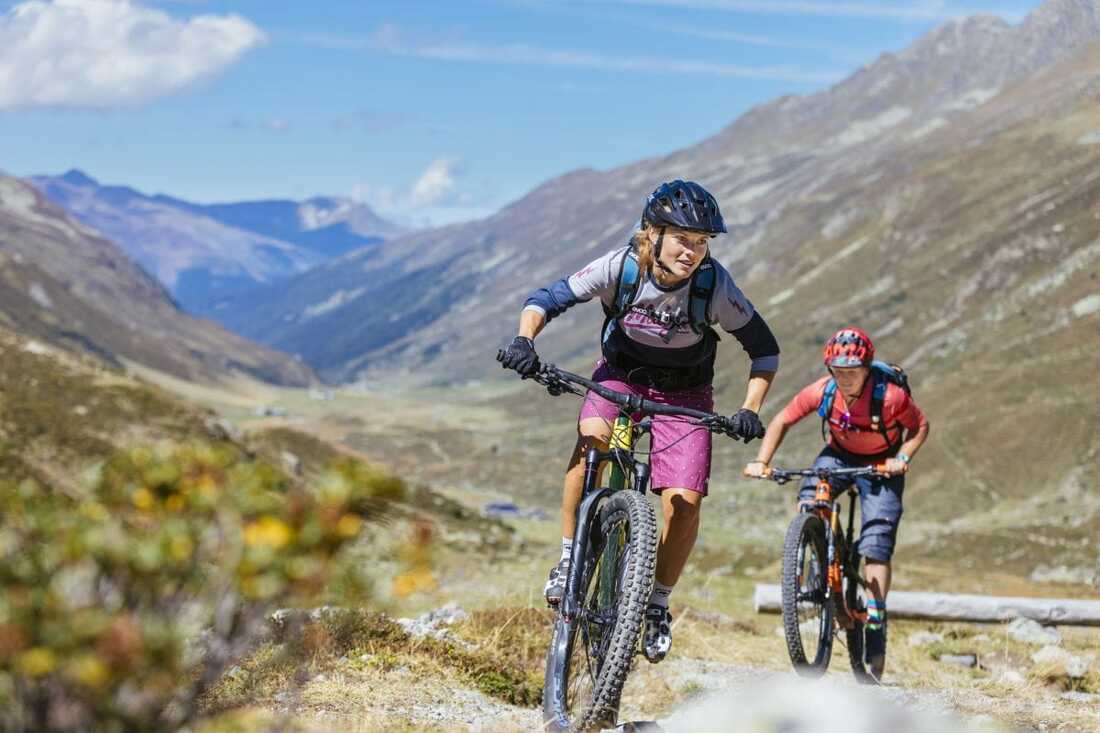
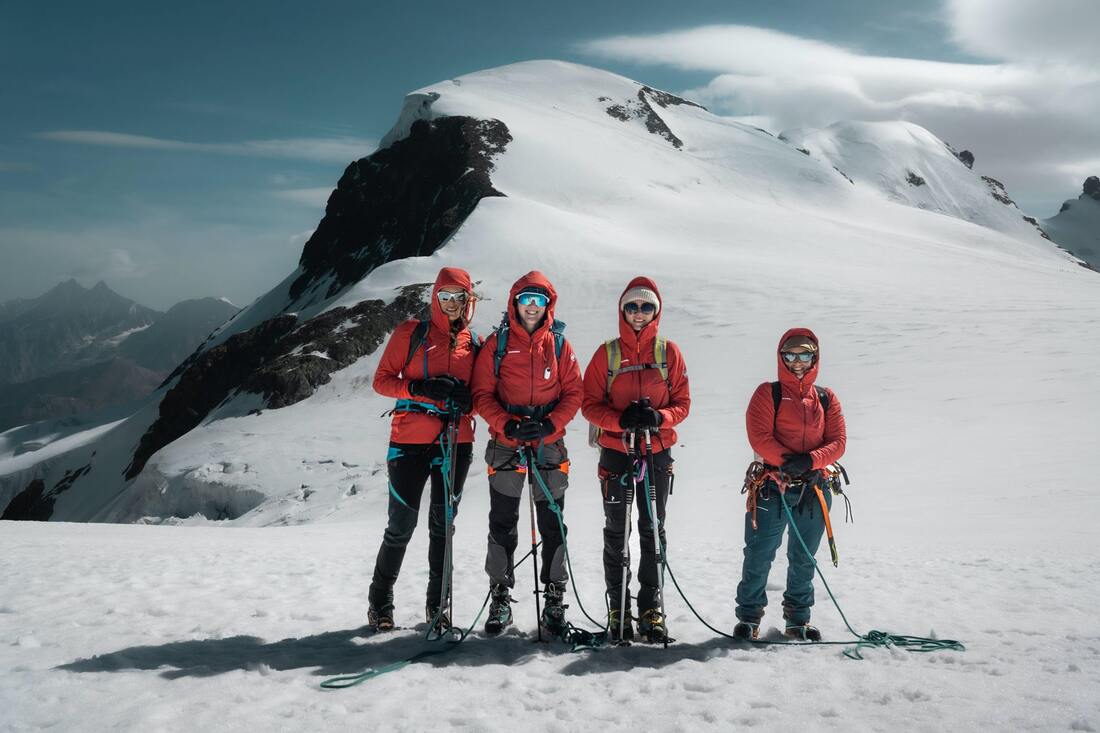

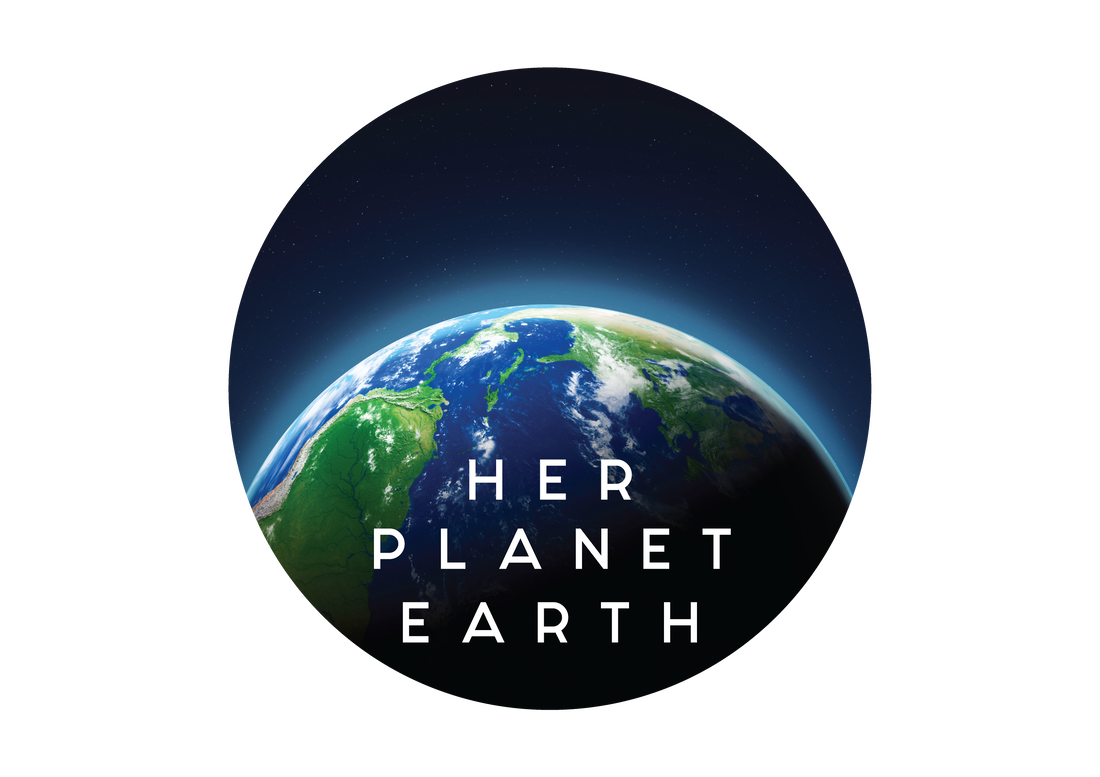
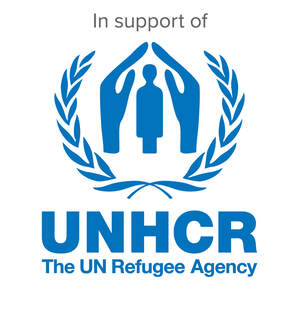
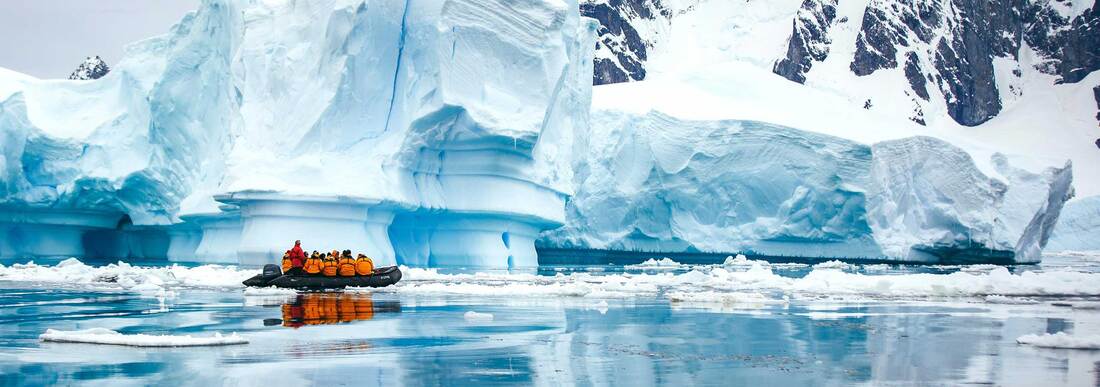
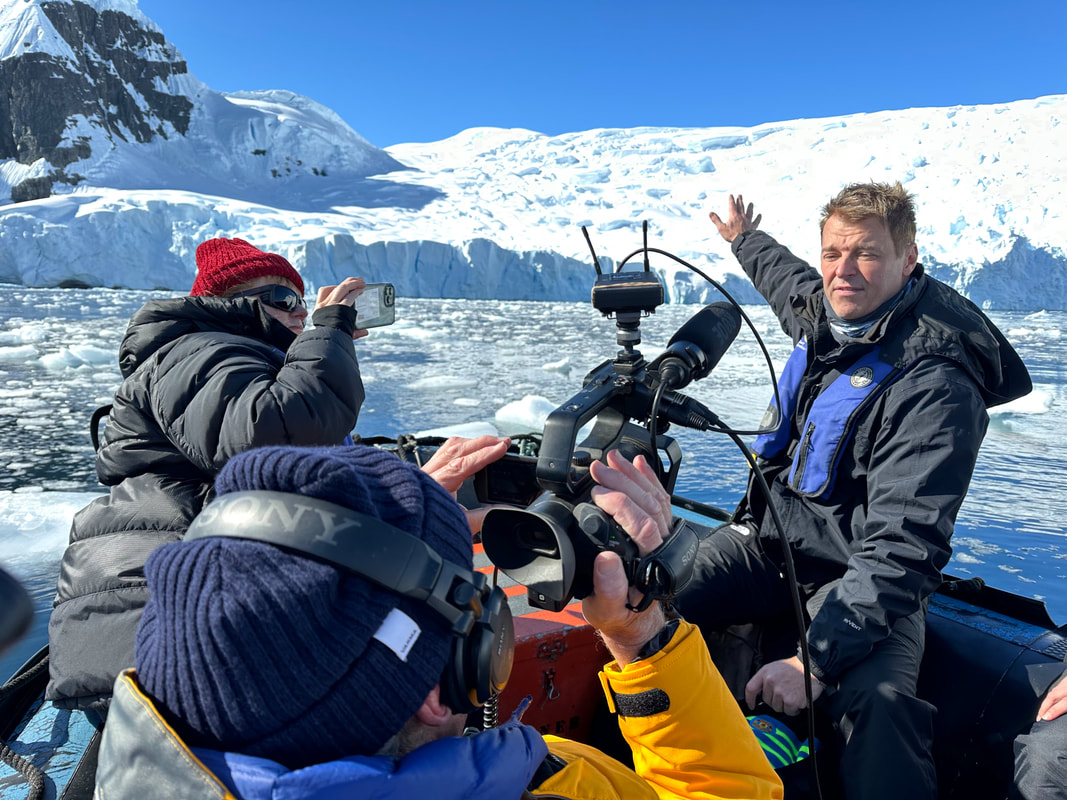
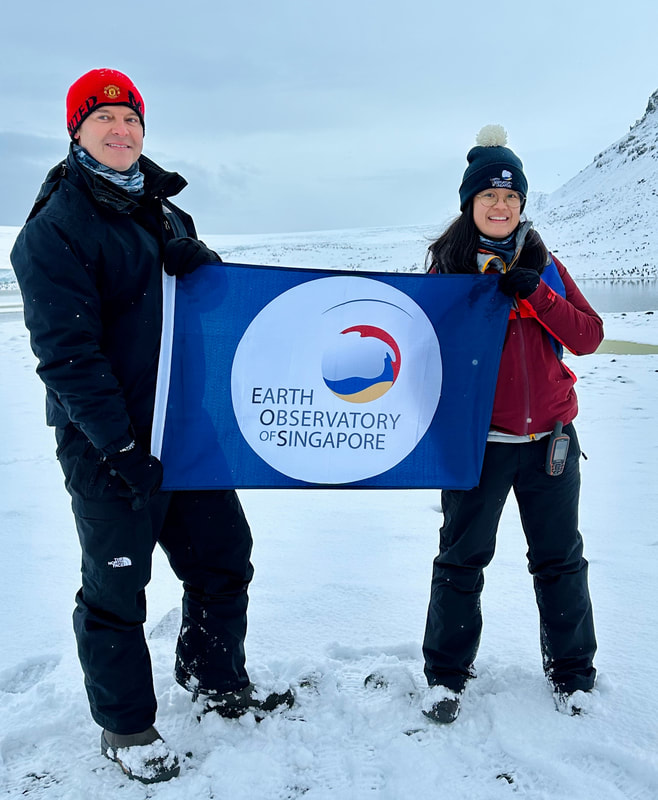
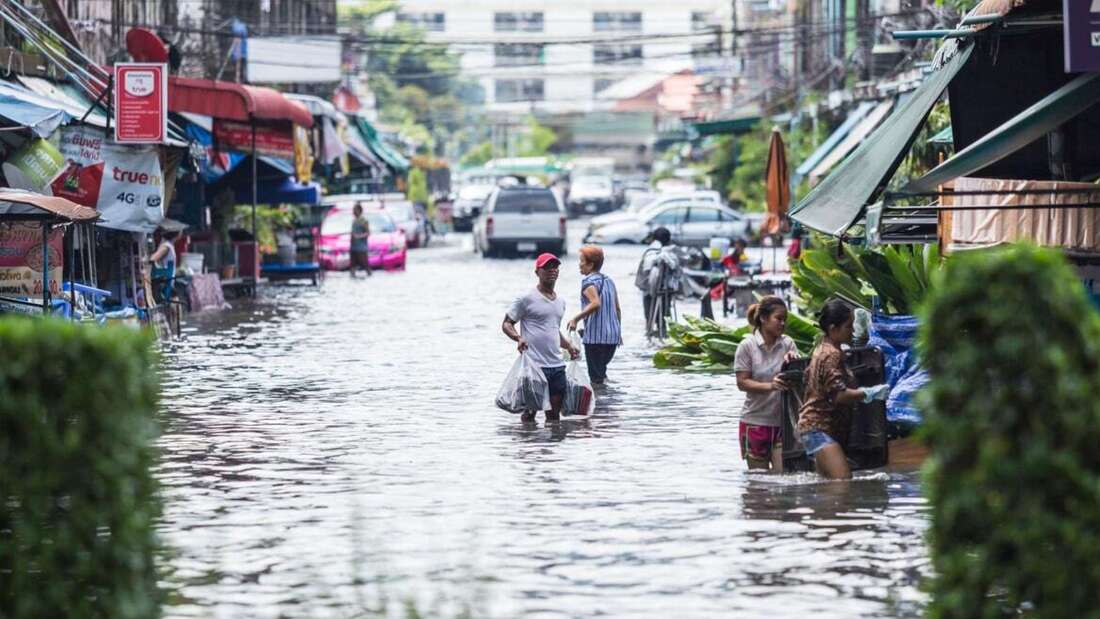
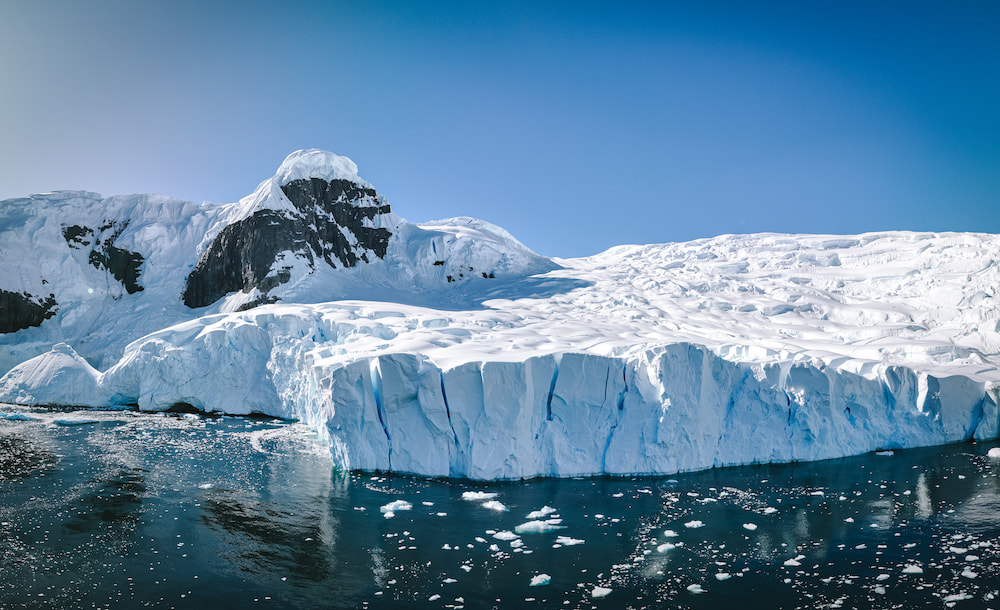

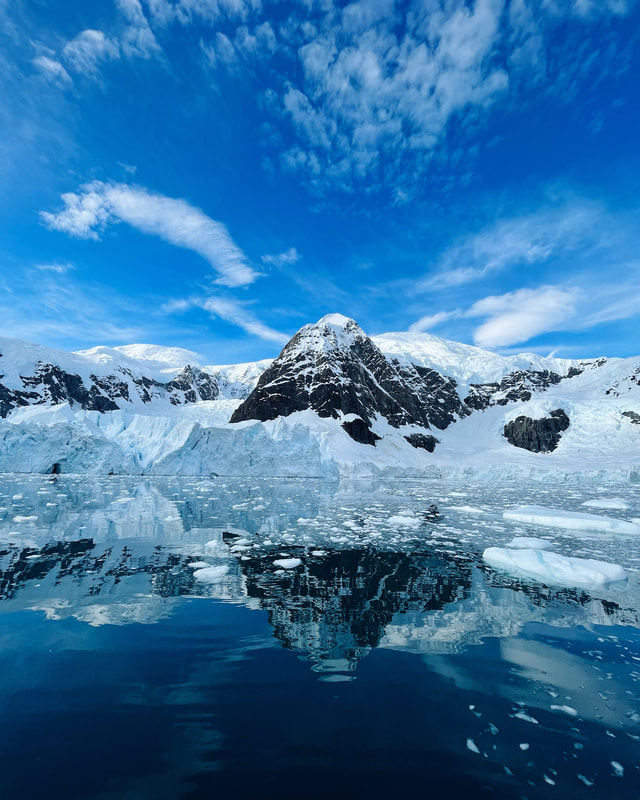
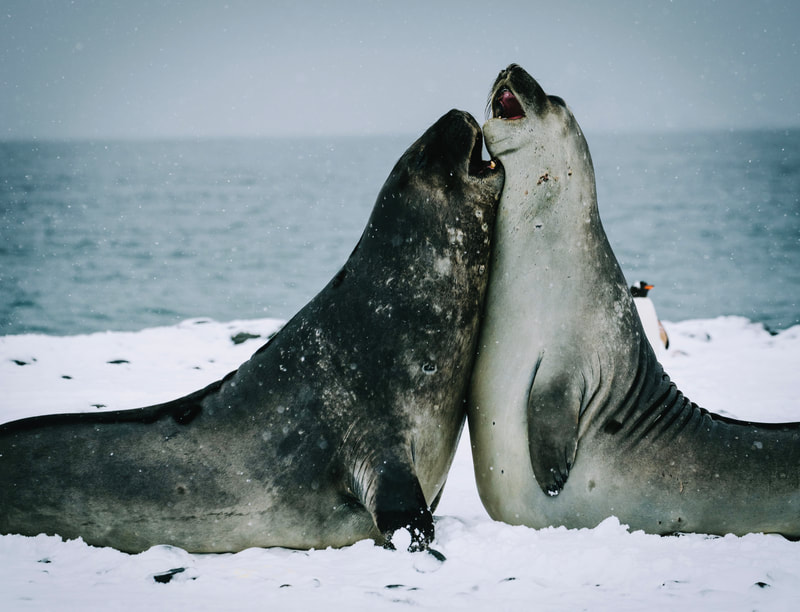
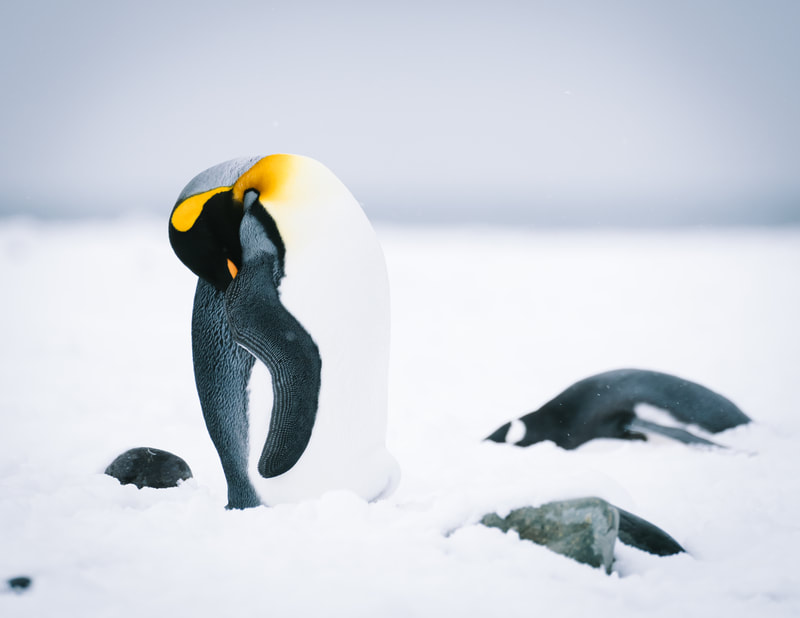

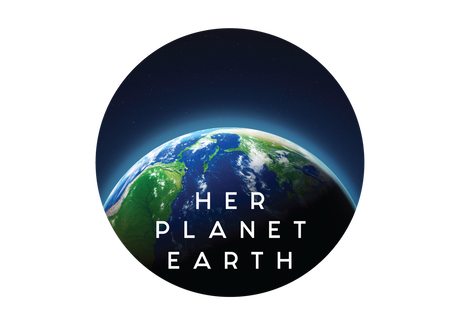

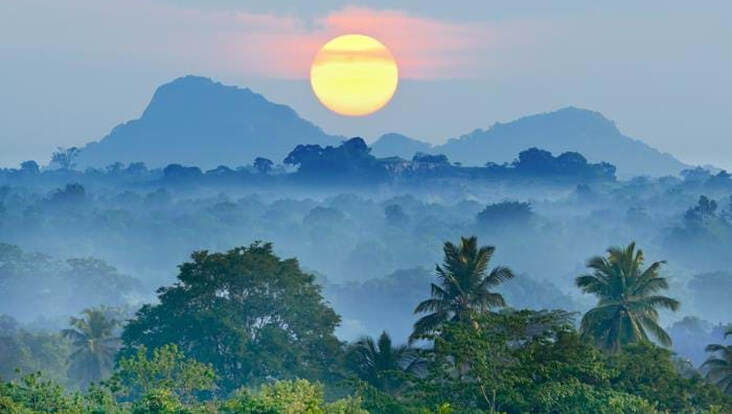
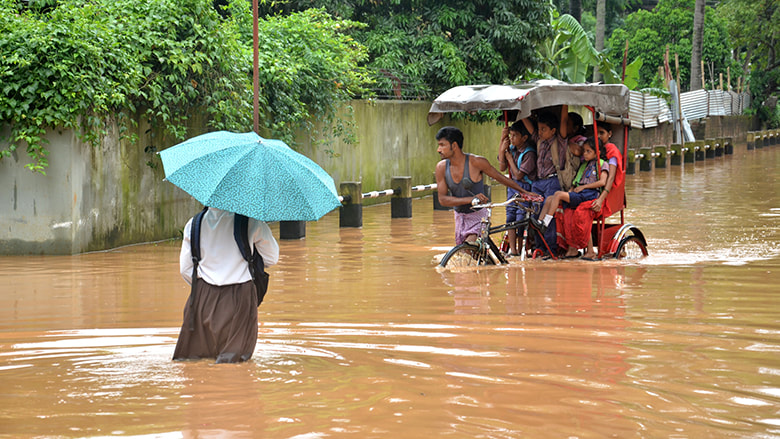
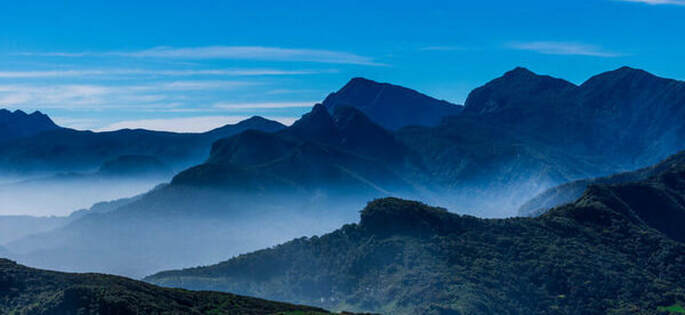



 RSS Feed
RSS Feed